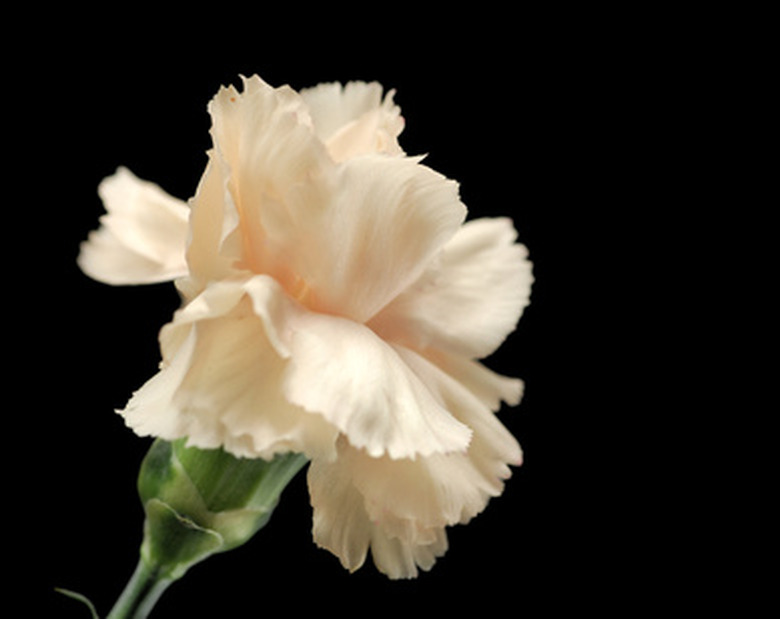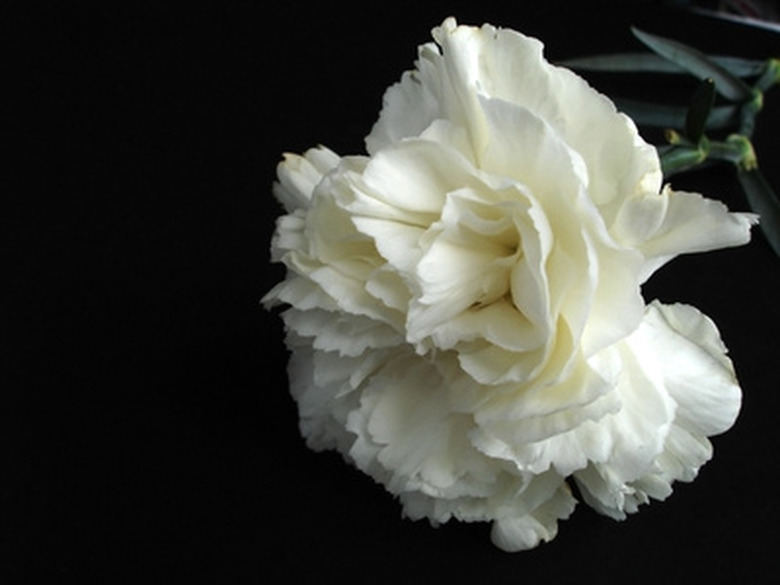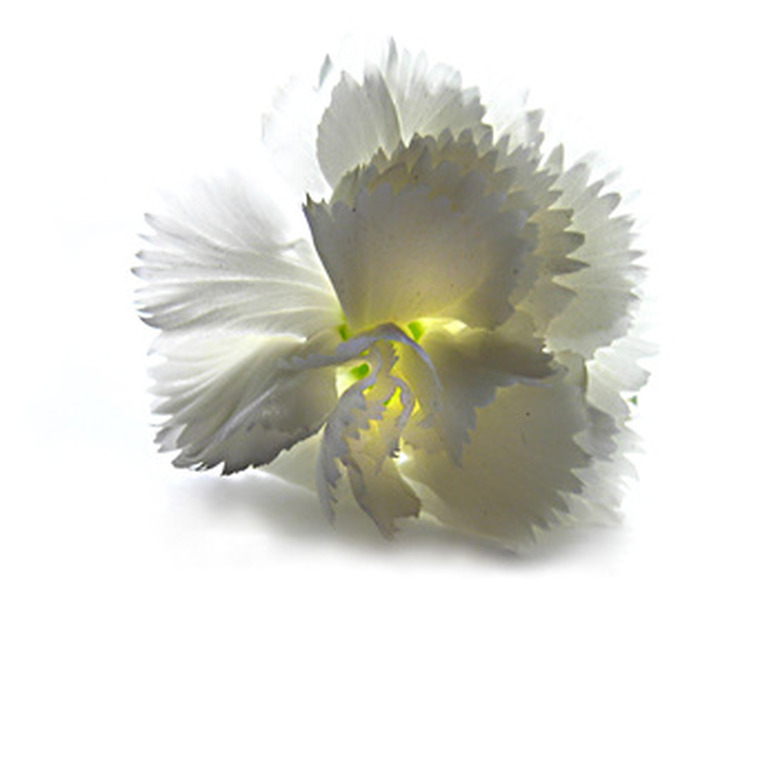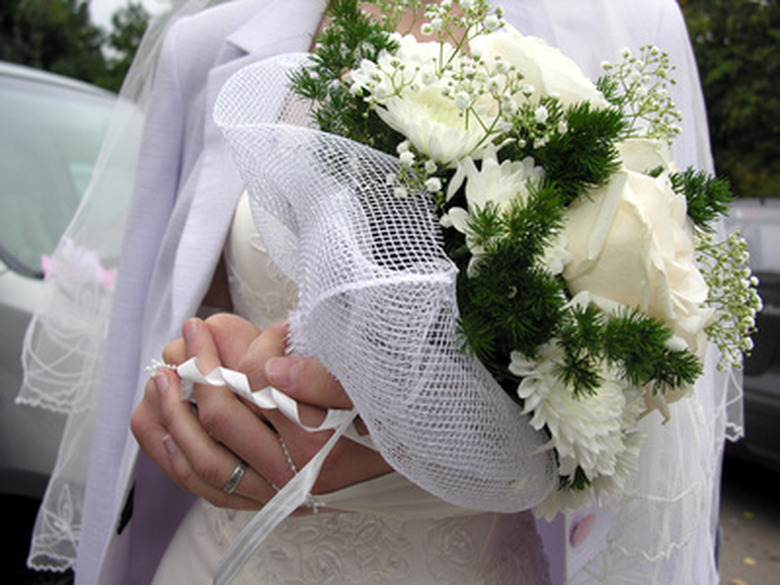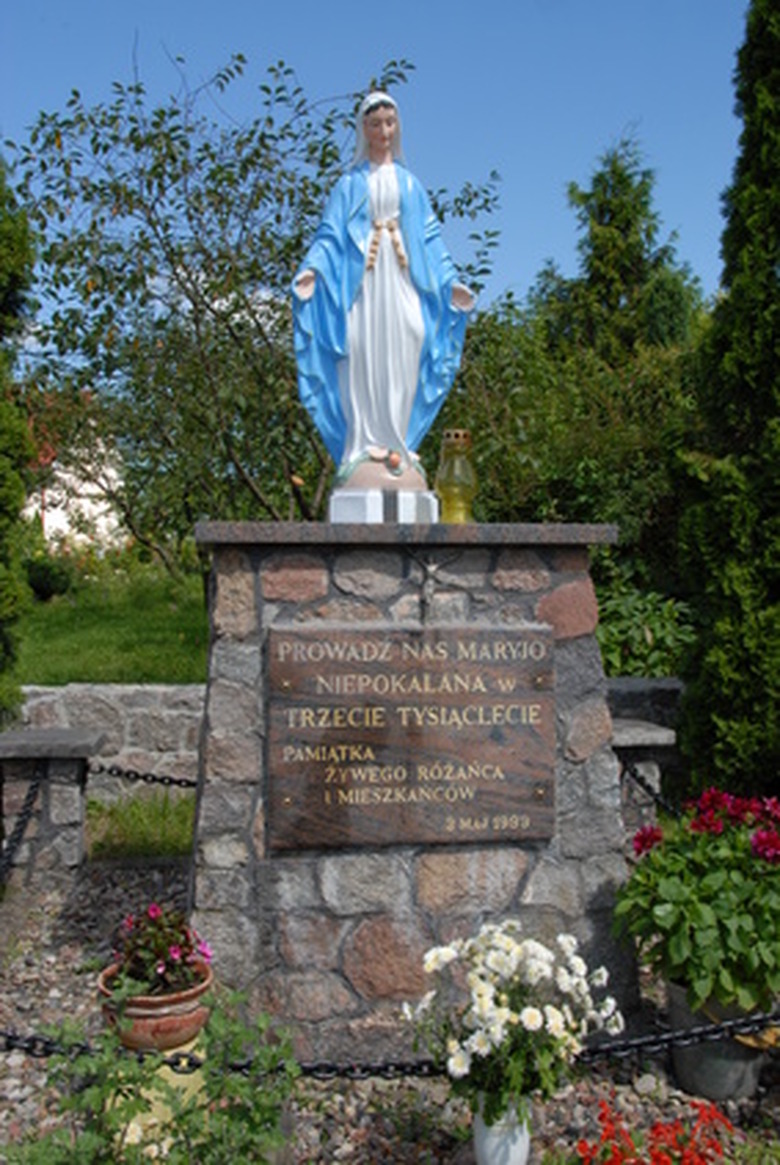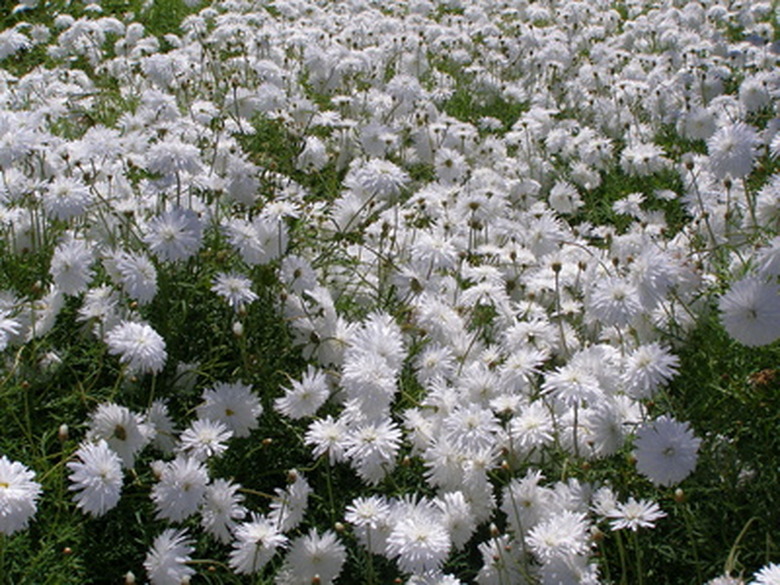Meaning Of White Carnation Flowers
Standing for sweetness and loveliness, innocence and pure love, the white carnation is the historical good luck gift to women. Cultivated for more than 2,000 years and named "flower of the gods," it was used to create garlands for ancient Greek ceremonies. White carnations are also the official flower of the national college fraternities of Delta Chi, Delta Sigma Phi, Phi Beta Sigma and the sorority Chi Omega, according to the University of Connecticut.
History
In ancient Rome, white carnations were called Jove's Flower as a tribute to Jupiter, one of their most beloved gods. In the time of William Shakespeare, audiences watching his plays drank rose water and cordials made from carnations. In the 13th century, Crusaders stricken with the plague mixed the leaves of carnations with wine and drank it to control the fever. This method of fever control was also used during the 16th century.
- Standing for sweetness and loveliness, innocence and pure love, the white carnation is the historical good luck gift to women.
- In ancient Rome, white carnations were called Jove's Flower as a tribute to Jupiter, one of their most beloved gods.
Features
The white carnation is a perennial plant that grows from 1 to 2 feet tall. The leaves are a grayish to blue-green. While most white carnations feature a single bloom per stalk, some varieties, including the "Aqua" and "Berkshire Moon" produce large double blossoms on each stem. The flower's petals are ruffled along the edges and a healthy plant will feature ball-shaped blooms.
Cultural Significance
Anna Jarvis, who founded Mother's Day, selected the carnation as a tribute to her own mother. In 1907 she sent 500 white carnations to her late mother's church in Grafton, West Virginia, for all of the mothers in the congregation. Jarvis chose the white carnation for Mother's Day because, " ... whiteness stood for qualities like purity, faithfulness, fragrance, and love." At Oxford University in England, and at several American universities, white carnations are traditionally worn to every first exam. Renaissance-era paintings illustrate the tradition of the bride and groom exchanging white carnations at their wedding to signify the vow of faithfulness. White carnations are still included in weddings because they symbolize pure love and good luck. The flower also signifies courage, happiness and loyalty.
- The white carnation is a perennial plant that grows from 1 to 2 feet tall.
- The flower's petals are ruffled along the edges and a healthy plant will feature ball-shaped blooms.
Religious Significance
Mother's Day and white carnations have had an association for a long time because this is the plant that sprung up when Jesus Christ's mother Mary shed tears while watching her son suffering during the crucifixion, according to a Christian legend. Leonardo da Vinci immortalized this association in his 1476 painting, "The Madonna with the Carnation." In the Evangelical Friends Church International, a white carnation is placed at the front of the church for each new Christian welcomed into their faith during the previous week. In many religions, white carnations are also used at funerals. A white bouquet or casket spray at a funeral service imparts a message of peace and tranquility for the soul of the deceased.
Edible Functions
The carnation is also classified as an edible flower. The petals, which have a peppery flavor, have been used to make the French liqueur Chartreuse since the 17th century. In America, white carnations were used in the kitchen since colonial times. They were brought to this country by early English settlers and were used to make teas as well as flavorings for preserves, jams and jellies. Another popular use, still in practice today, is as a salad garnish. According to Fitness and Freebies, homemade syrups, liqueurs and oils can be made from white carnation petals.
- Mother's Day and white carnations have had an association for a long time because this is the plant that sprung up when Jesus Christ's mother Mary shed tears while watching her son suffering during the crucifixion, according to a Christian legend.
- In America, white carnations were used in the kitchen since colonial times.
